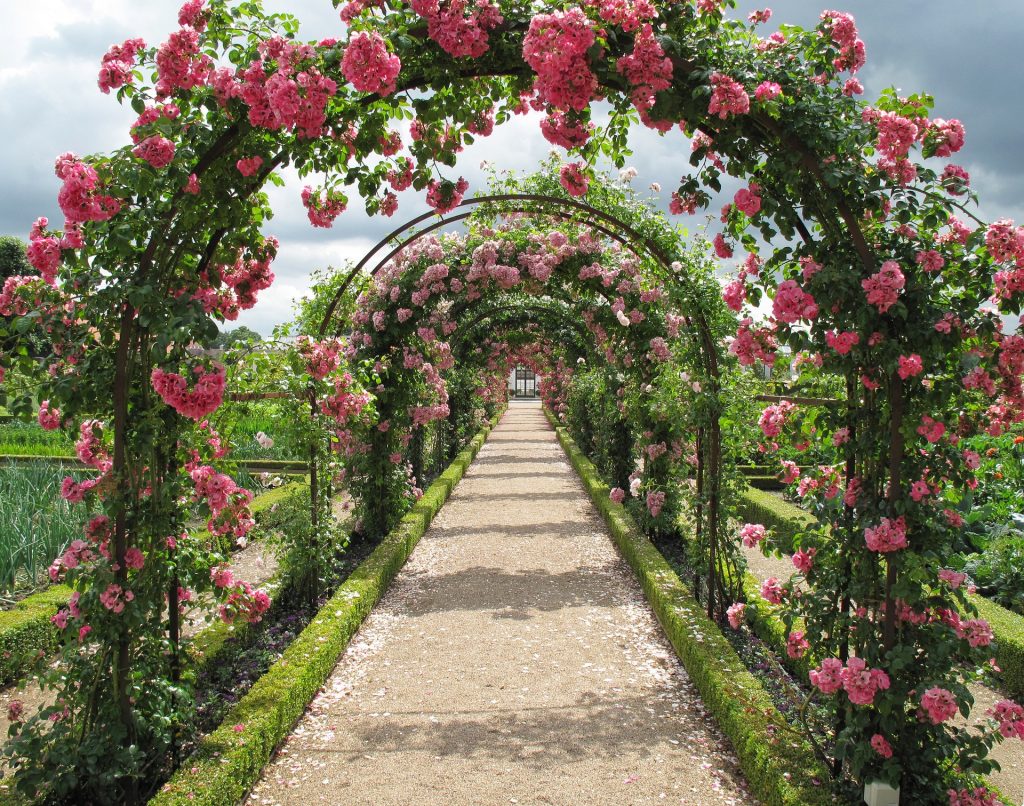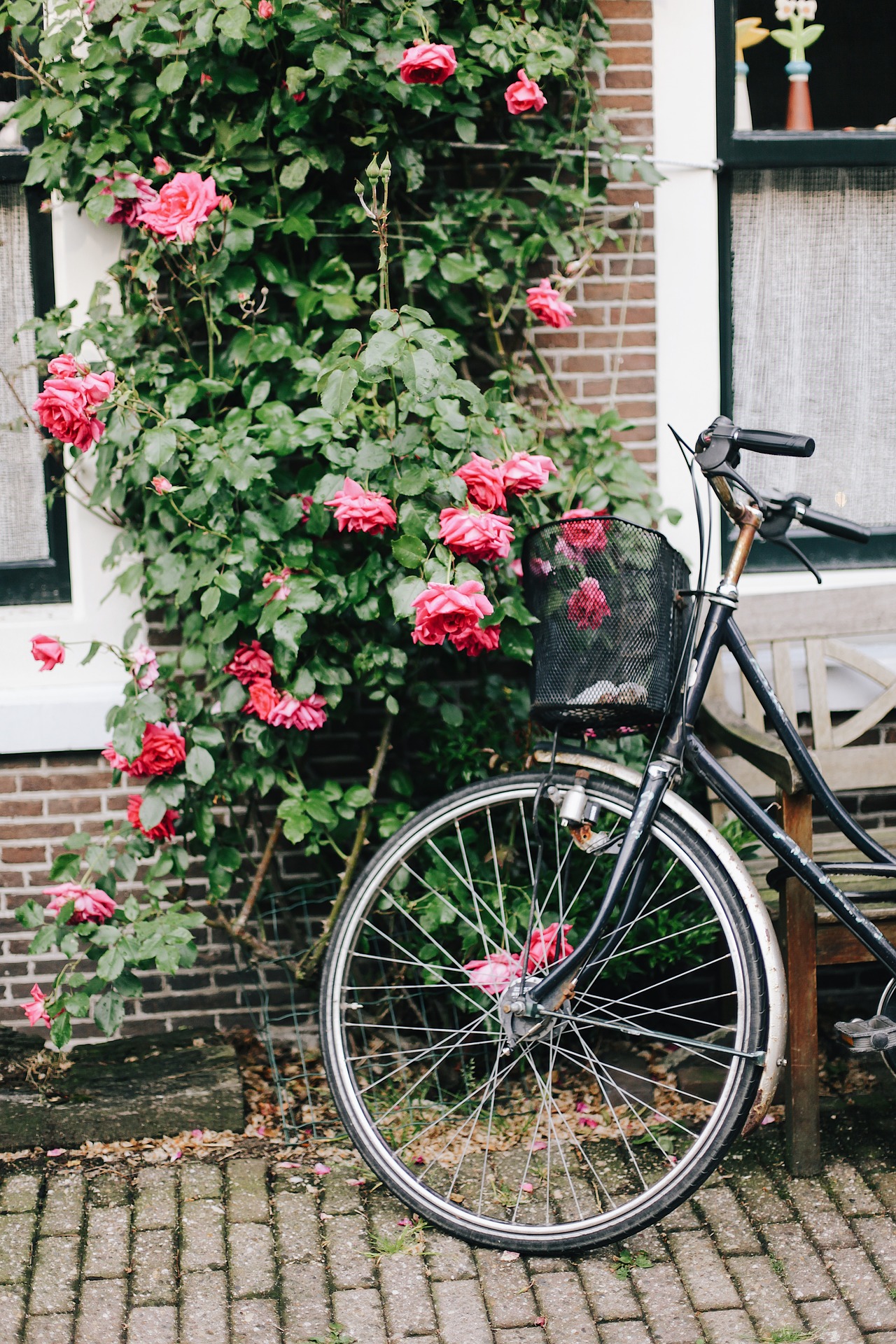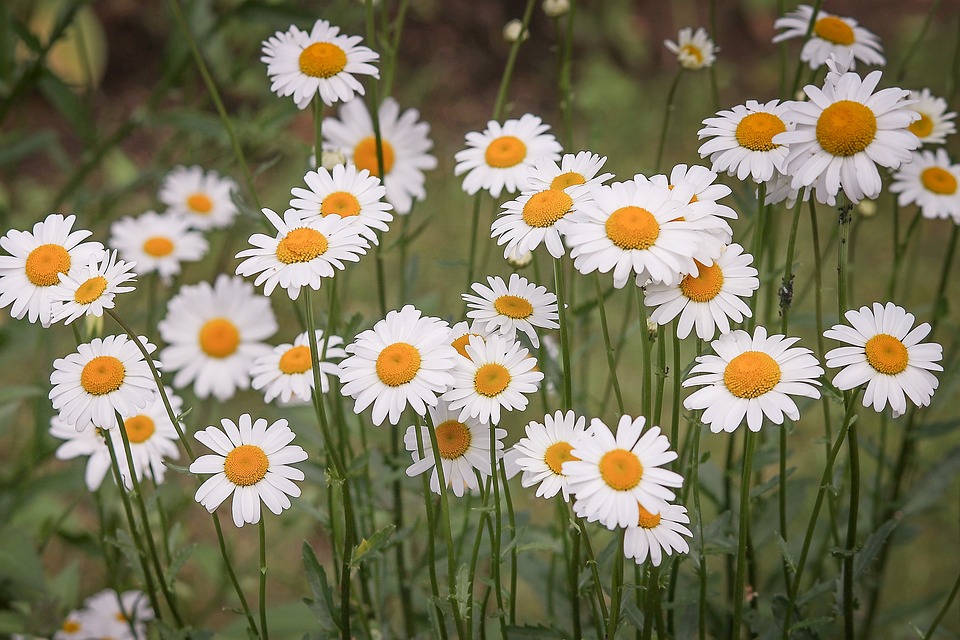The rambling rose is arguably the best of all climbing plants. They vary in types and possess wonderful fragrances. Climbers and ramblers are mostly used as clothing for exterior walls of the house and are grown on pillars, obelisks, arches, pergolas and over fences. Ramblers are also grown into trees from which the flowers(roses) hang down in festoons.
Below are steps you can follow to grow rambling roses.
Planting
Choose a sunny spot in your garden as roses require six or more hours of sunshine each day. In very hot climates, however, roses will need some shade during the hottest hours of the afternoon.
Dig a hole for the rose’s roots to expand horizontally without bending. The hole is meant to be deep enough so that the bulge of the rose stem is planted below the soil surface.
Add at least 25 percent of compost manure to the soil that was dug out. Organic materials bring nutrients and drainage for the rose plant.
Place the rose plant in the hole and fill with the enriched soil mixture and water the soil completely.
Apply up to three inches of mulch around the base of the rose plant to help retain soil moisture. The mulch retards weed growth and keeps the soil cool.

Watering and Care
Give your roses about 18 inches of water once a week. If you live in a warmer, dry region, watering twice a week should be fine.
Sprinkle half a cup of fertilizer six inches away from the base of the rose plant. Roses will require fertilizers at least twice a year. The ideal fertilizer for roses should possess a well-balanced NPK (nitrogen, phosphorus, potassium) ratio.
Rambling roses require pruning every year after they flower. Begin by removing the dead and damaged stems and trim those growing out of the desired shape. Next, cut a third of the biggest stems to the ground and ensure you leave some for new roses to grow.
Training roses
Training roses means you allow some of the major stems left to grow in the direction you wish. For example, if you are seeking to cover a trellis or a fence, rambling roses are the ideal option. When training roses on a fence, loop them along the upper part of the fence, similar to a looper caterpillar. If training on a pergola or an arch, coil the stems around the upright supports of the arch and tie them together.
Most rambling rose varieties flower in late May and June. If you are already familiar with handling such an elegant flowering plant, share your experiences in the comments below!



